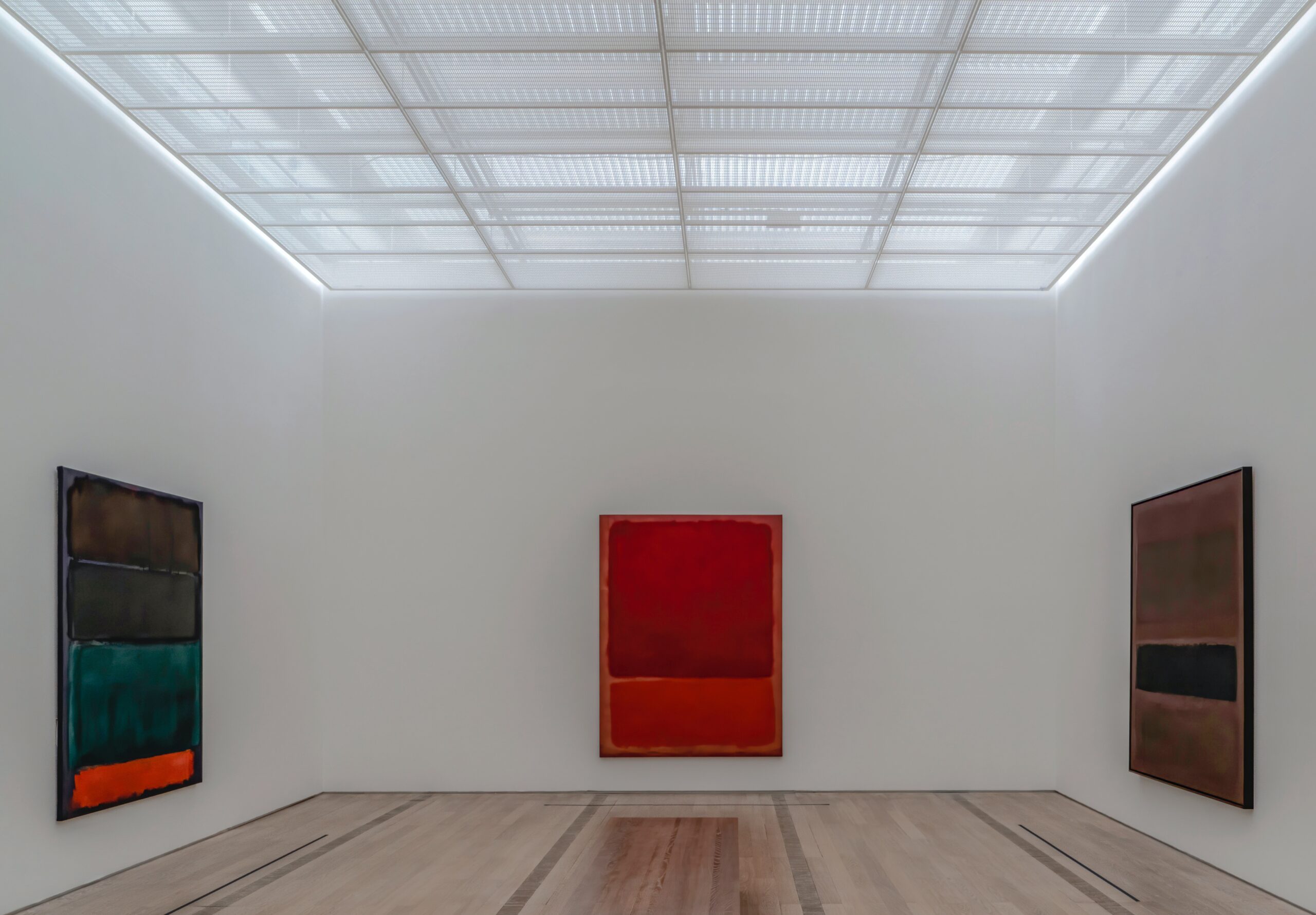Rothko’s works are considered to be one of the important artistic achievements of the 20th century. His paintings, which can be extremely large, generally consist of a large number of different colored stripes with thick areas of paint (whole tone). They have very little symbolism and are very open to interpretation as every audience member is sure to experience a different piece of art from it.

Mark Rothko’s work can be seen as a bridge between abstract expressionism and minimalism.
Rothko was born in Russia in 1903 but left with his family for the United States in 1913, settling in Portland, Oregon. He later developed a fondness for the work of Paul Cézanne and Paul Gauguin, as well as some of the other fauvists. He credited the art of the post-impressionists and expressionists of the early twentieth century with the inspiration of his own virtuoso technique. His art reached international acclaim in the 1930s, and he was associated with the ‘abstract expressionist’ movement, although his work was not generally embraced by critics of the time.
In the history of art, it is very rare to see artists using color with the rigor and energy of Rothko. The combination of hue and tone is so eloquent that one forgets the room in which the canvases are hung. His is the primary color stripped of excess and of all trace of his own hand, as he paints layer after layer after layer so that the eye cannot penetrate, and the mind can only be forced to take an indirect and mediate journey through the layers of color to reach the very point where the artist disappears.
For us, his paintings are the manifestation of sublime ecstasy, the ecstasy of the painter, of the viewer, and of the beholder.